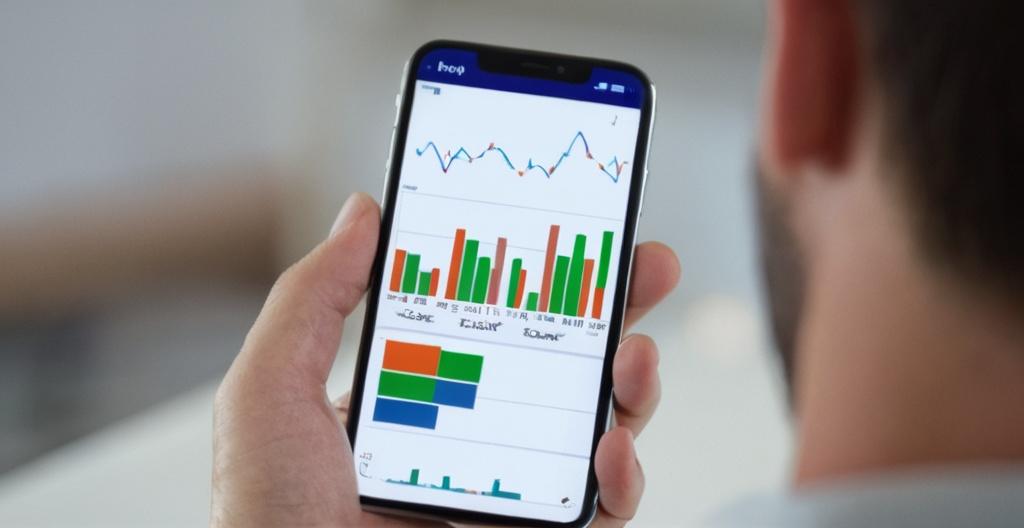Key Take Aways About Williams %R
- Williams %R is a momentum and oscillator tool, indicating overbought (0 to -20) or oversold (-80 to -100) conditions.
- Typically uses a 14-day period, comparing closing prices to the high-low range.
- Overbought signals may suggest selling; oversold signals may suggest buying, but context is crucial.
- Beware of relying solely on %R due to potential errors during long trends; combine with other indicators like RSI or MACD.
- Interpretation requires considering market trends and conditions; %R is best used with other tools.

Understanding Williams %R
Williams %R, or simply %R, isn’t just another technical indicator. This odd little creature sits somewhere between a momentum tool and an oscillator. Larry Williams developed it, trying to understand where the price of a stock sits compared to its high-low range over a particular period. Traders use it to spot overbought or oversold conditions, thereby helping them make buy or sell decisions. Sounds simple, right? Well, buckle up because we’re about to explore the humble, yet effective, %R.
How Does Williams %R Work?
Alright, let’s break it down. In its guts, the %R is about comparing the closing price to the range over a specific number of days, usually 14. It’s stuck between zero and -100 because, why not add a twist, right? An overbought condition is indicated when the %R is between 0 and -20, suggesting that a price pullback is lurking around the corner. On the flip side, if the %R dives between -80 and -100, it might be time to consider buying as the market could be oversold.
Applying Williams %R in Trading
Now, implementing %R into a trading strategy can be akin to refining a secret sauce. Let’s consider the classic overbought/oversold approach. Some traders swear by the 14-day period, others might opt for 10. It’s all about that sweet spot. When the indicator crosses into overbought territory, selling might be on the cards. Conversely, entering oversold territory could scream “buy”. But hold your horses, context is king. The overall market trend, volume, and other indicators should be given a nod before swiping left or right on a trade.
Common Pitfalls with Williams %R
Sometimes, reading the %R is like predicting the weather—it can be wrong. The market can remain overbought or oversold for extended periods, leading to those dreaded whipsaws. Relying solely on %R can throw traders into stormy waters. Just like relying on your GPS could lead to a swim across the river, if the market is trending hard, your %R signals might lead you astray. Confirmation through other indicators like the Relative Strength Index (RSI) or Moving Average Convergence Divergence (MACD) could be your lifejacket.
The Nuance of Interpretation
It ain’t just about following the numbers. A seasoned trader knows no indicator is gospel. If the %R hits the overbought mark in an uptrend, it might just mean “pause” rather than “sell”. The context, my dear Watson, the context. In ranging markets, %R could be more reliable. Trends can be a whole different ball game. The key is understanding how price action aligns with your indicator of choice.
Wrapping It Up
So, Williams %R isn’t just another line on the chart. It’s a handy tool, whispering cues about market conditions. Like a trusty Swiss Army knife, it’s versatile yet simple. But remember, %R is just part of a wider arsenal. It offers insights into market behavior, but it plays best with pals. Be wise, consider the broader perspective, and keep your analytical hat on. Whether you’re a newbie or a market vet, understanding your indicators, including the quirky Williams %R, can turn the tide in navigating the ever-chaotic trading seas.